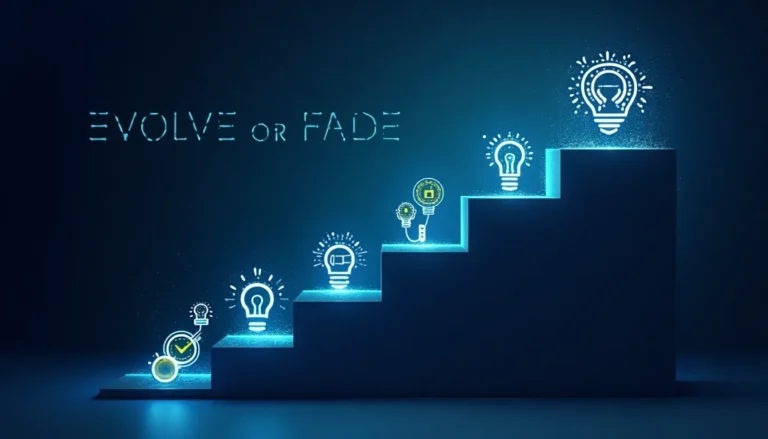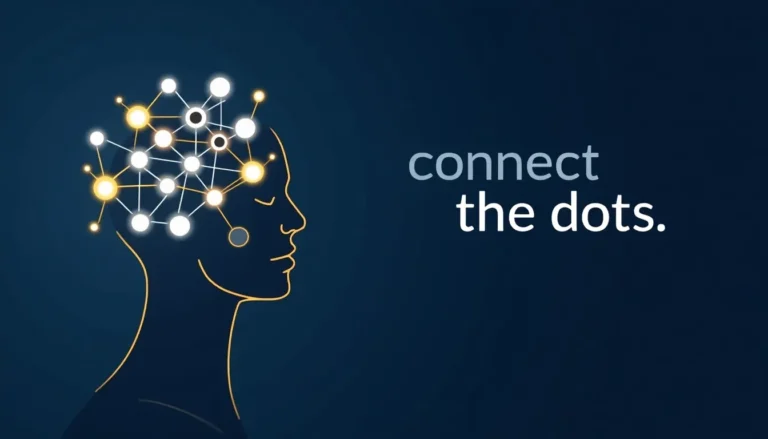The Machine That Thinks Like Us
We desperately want AI to think like humans. But humans don’t even think like humans.
We think in systems, patterns, and mental models that have evolved over millennia.
Our brains create shortcuts, frameworks, and interconnected webs of understanding. We don’t process information linearly – we jump, connect, and synthesize.
This is why AI’s current trajectory is fascinating.
Large language models don’t follow rigid if-then logic. They operate on patterns, probabilities, and emergent behaviors – much like our own neural networks.
They’re learning to think in systems too.
Consider how a child learns language. Not through memorizing grammar rules, but through immersion in patterns. Through trial and error. Through understanding context and relationships.
AI is following a similar path.
But here’s what’s really interesting: AI systems are teaching us about our own thinking systems.
They’re showing us our blind spots.
They’re revealing our biases.
They’re highlighting the gaps between how we think we think and how we actually think.
When an AI makes a surprising connection, it forces us to examine our own mental models.
When it fails in unexpected ways, it illuminates the complexity of human cognition.
When it succeeds through novel approaches, it expands our conception of intelligence itself.
This is the hidden revolution.
As we build machines that think in systems, we’re developing better systems for thinking about thinking.
We’re creating tools that help us understand our own cognitive tools.
We’re building mirrors that reflect not just our knowledge, but our ways of knowing.
This recursive loop – humans building machines that help humans understand human thinking – might be the most powerful system of all.
It’s not about AI thinking like us.
It’s about us learning to think better through AI.
The machine isn’t just learning our patterns.
It’s helping us recognize patterns we never knew we had.
And in doing so, it’s teaching us to think in systems about systems themselves.
The real breakthrough isn’t artificial intelligence.
It’s augmented understanding.
Of machines.
Of systems.
Of ourselves.
We wanted AI to think like humans. Instead, it’s helping humans think like never before.



